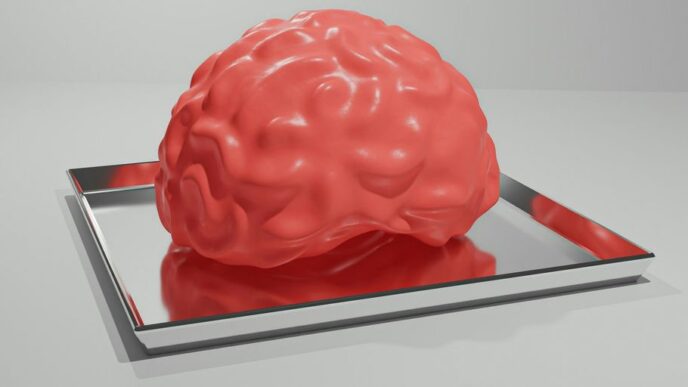Introduction:
In the digital age, where online presence is a cornerstone of success, website design has become a vital aspect of establishing a brand, engaging audiences, and delivering a seamless user experience. A well-designed website goes beyond aesthetics, encompassing functionality, user interface, and responsiveness. In this article, we explore the multifaceted world of website design, shedding light on its key principles, evolving trends, and the crucial role it plays in the ever-expanding online landscape.
- The Foundations of Website Design:
- User-Centric Approach: Successful website design begins with a deep understanding of the target audience. Designers must consider user preferences, behaviors, and expectations to create an interface that is intuitive and enjoyable to navigate.
- Responsive Design: With the proliferation of various devices, from desktops and laptops to smartphones and tablets, responsive design is paramount. A responsive website adapts to different screen sizes, ensuring a consistent and optimal experience across platforms.
- Clear Navigation: Intuitive navigation is fundamental to a positive user experience. A well-organized menu structure, clear calls-to-action, and easy-to-find information contribute to a website that is user-friendly and encourages exploration.
- Visual Elements and Aesthetics:
- Branding and Consistency: Website design is a visual representation of a brand’s identity. Consistent use of colors, fonts, and imagery reinforces brand recognition and fosters a cohesive and memorable user experience.
- Engaging Imagery and Multimedia: High-quality images, videos, and interactive elements captivate visitors and convey information effectively. Strategic use of multimedia enhances storytelling and keeps users engaged.
- Whitespace and Readability: The judicious use of whitespace contributes to a clean and organized layout, enhancing readability and preventing visual clutter. Well-structured content with legible typography is crucial for conveying information clearly.
- Functionality and User Experience (UX):
- Intuitive User Interface (UI): A well-designed user interface guides visitors seamlessly through the website. Intuitive UI elements, such as buttons and forms, make interactions straightforward and enjoyable.
- Page Loading Speed: In the fast-paced online environment, users expect quick loading times. Optimizing images, utilizing efficient coding practices, and leveraging content delivery networks (CDNs) contribute to faster page loading speeds.
- Mobile Optimization: The prevalence of mobile browsing underscores the importance of mobile optimization. A mobile-friendly design ensures that users on smartphones and tablets have a positive experience, contributing to higher search engine rankings as well.
- Emerging Trends in Website Design:
- Dark Mode: Dark mode has gained popularity for its aesthetic appeal and reduced eye strain. Many websites now offer a dark mode option to enhance user comfort, especially during nighttime browsing.
- Microinteractions: Microinteractions are subtle animations or visual cues that respond to user actions, providing feedback and enhancing the overall user experience. These small details contribute to a more dynamic and engaging interface.
- Minimalist Design: Minimalist design principles, characterized by simplicity, clean lines, and ample whitespace, continue to be a prevalent trend. This approach enhances focus on key content and reduces visual noise.
- E-Commerce and Conversion Optimization:
- Streamlined Checkout Processes: In e-commerce, a streamlined and user-friendly checkout process is crucial for reducing friction and increasing conversions. Simplifying forms and providing multiple payment options contribute to a positive shopping experience.
- Clear Calls-to-Action (CTAs): Websites designed for conversion optimization incorporate clear and compelling calls-to-action. Whether it’s making a purchase, subscribing to a newsletter, or filling out a form, well-placed CTAs guide users toward desired actions.
- Trust-Building Elements: Building trust is essential for online businesses. Trust signals, such as secure payment options, customer testimonials, and transparent policies, contribute to a sense of credibility and reliability.
- Website Maintenance and Adaptability:
- Regular Updates: A website is not a static entity; it should evolve to meet changing needs and technological advancements. Regular updates, both in terms of content and technology, are essential for relevance and security.
- Analytics and User Feedback: Utilizing analytics tools and gathering user feedback provide valuable insights into website performance and user satisfaction. This data-driven approach informs ongoing improvements and optimizations.
- Adaptability to Trends: Staying abreast of industry trends and technological advancements ensures that a website remains competitive and aligned with evolving user expectations. Being adaptable allows for the integration of new features and design elements.
- Conclusion:
Website design is a dynamic and integral component of the digital landscape, influencing how individuals and businesses present themselves to the world. A well-crafted website not only captures attention with visual appeal but also ensures a seamless and enjoyable user experience. From responsive design and visual aesthetics to functionality and emerging trends, the art and science of website design continue to shape the online experiences of users across the globe. As technology evolves, so too will the possibilities and innovations in website design, offering new avenues for creativity and user engagement.













